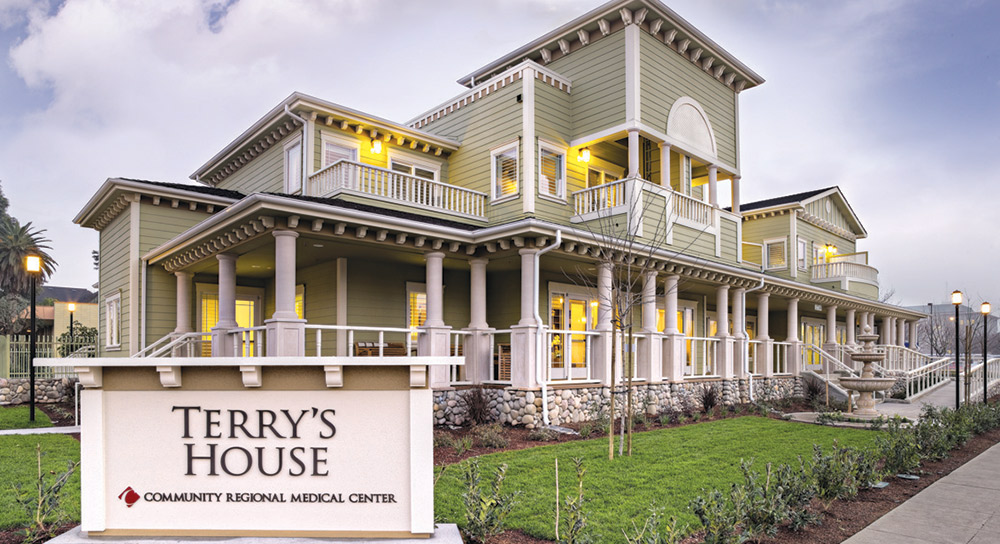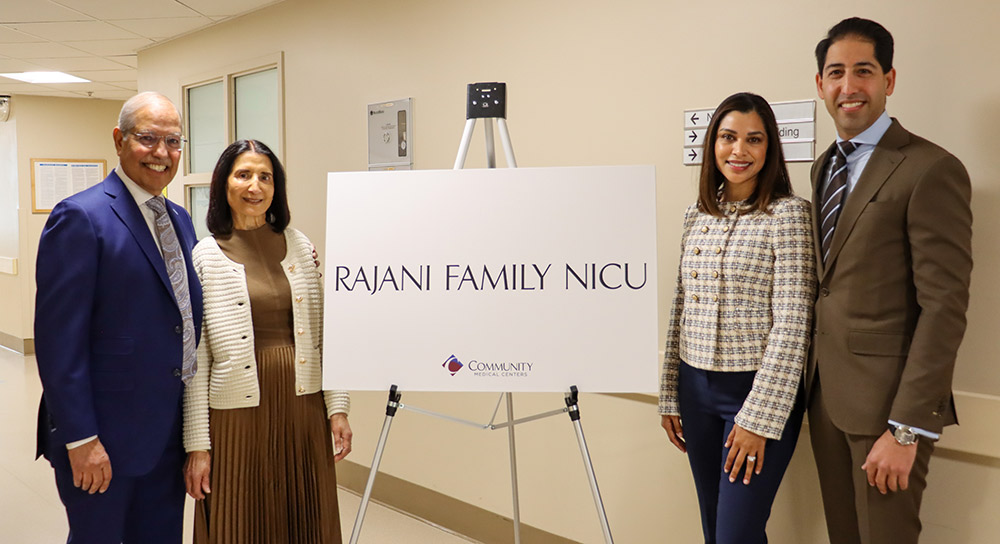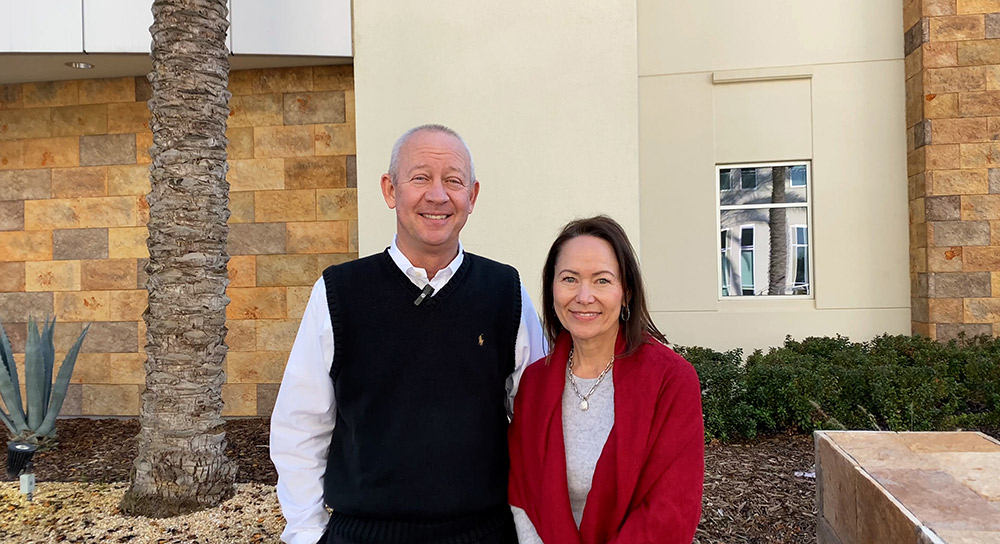Community Medical Centers provided nearly $134 million in uncompensated services to the medically underserved in fiscal year 2010/2011, equivalent to more than 12 percent of its total expenses, according to the nonprofit hospital system’s annual community benefits report filed with the State of California.
Community has historically spent more on uncompensated community benefits than all other Fresno-area hospitals combined. And, some years, nearly double their combined total.
What "community benefits" encompasses
The “community benefits” figure reflects services for which the hospital system is not paid or is under-paid. It does not include bad debt.
The community benefits total for 2010/2011 includes charity care, unpaid costs for Medi-Cal services, uncompensated costs of the University of California, San Francisco-affiliated medical education program, and unpaid costs under Community’s contract with Fresno County for the medically indigent services program (MISP).
By comparison, Community’s uncompensated community benefits for fiscal year 2009/2010 were nearly $174 million.
In fiscal year 2010/2011, Community and other California hospitals serving high numbers of Medi-Cal patients benefitted from a temporary “provider fee” that pulled in supplemental federal reimbursement.
For Community, the provider-fee benefit was $51 million. Thus, while Community’s actual uncompensated costs went up last year as more services were provided to the medically underserved, the provider fee reduced the net amount. That fee was not designed by lawmakers as a long-term source of reimbursement for hospitals.
Community experienced additional expenses from its contract with Fresno County. In February 2010 and again in December 2010, Fresno County expanded the eligibility ranges for those seeking MISP benefits. As a result, Community has seen significant increases in the numbers of MISP patients coming for treatment and additional costs for providing care, without any additional recompense from the county.
Last fiscal year, Community provided care to 17,100 MISP, jail inmates and juvenile offenders, an increase more than 36% from the 12,531 in fiscal year 2009-10.
Community’s estimated cost for providing care last year was $82.6 million, compared to $71 million in 2009/2010. The annual Fresno County payment to Community for care was $20.1 million.
Thus, Community’s estimated loss for caring for the county MISP, inmates and juvenile offenders was $62.5 million last year. That amount reflects the difference between the county’s payment and the actual cost of providing medical care.
Community is the region's "safety net" provider
Community operates three acute-care hospitals, including the only combined burn and Level 1 trauma units between Los Angeles and Sacramento, and numerous other health facilities. It is the region’s largest private employer with more than 6,000 staff, along with 1,500 affiliated physicians and 900 volunteers. Community also serves as the region’s safety net, through its 1996 contract with Fresno County.
“Many of our patients continue to experience hardships from our nation’s ongoing economic problems,” said Tim A. Joslin, Community’s chief executive officer. “Some find themselves without insurance or unable to pay for the entire cost of their care. That puts safety-net facilities like Community under additional stress.”
Joslin said the health care community is caught in a paradox. On one hand, federal health reform law includes a praiseworthy goal of expanding medical coverage to uninsured Americans. At the same time, he said, governments at every level are looking to reduce reimbursements to medical providers, ultimately reducing patient access to care.
As a condition for tax-exempt status, nonprofit hospitals such as Community are required by state law to report the uncompensated benefits they provide each year.






